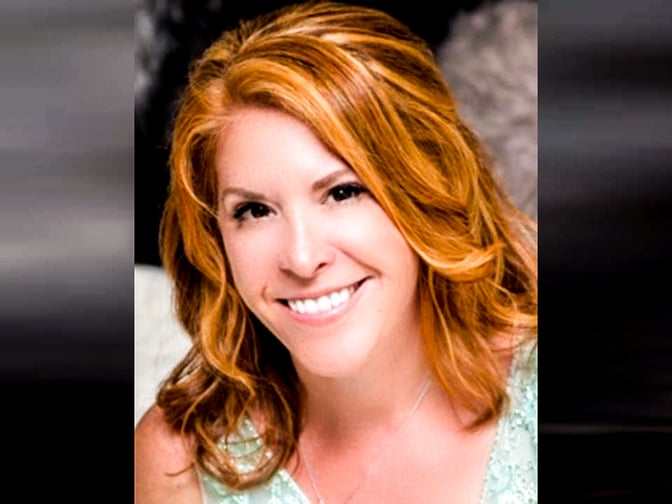

The insurance industry is a “hidden gem” that most people do not know exists. Michelle Goldman made that discovery when she shadowed a wholesale property broker for a day and watched her broke business. Fast-forward 21-years and Goldman, who was practicing as a lawyer when she shadowed her broker friend, is now an executive vice president at RT Specialty, where she specializes in CAT property insurance and finding coverage for hard-to-place property risks.
“Insurance is a very fulfilling career. Every account is unique, and I get to learn about so many different industries through working on an insured’s property coverage,” said Goldman. “I’ve placed insurance for an underground coal mine, on a boat pilot’s site in the middle of the Mississippi River, for a historic beachfront hotel in Florida, and for huge earthquake accounts in California. We don’t just write apartments all day.”
A key challenge when placing specialty property risks is keeping up-to-date with market fluctuations. Markets change all the time, explained Goldman, which means brokers are under pressure to keep on track of who’s in and who’s out. This has become even more challenging as the insurance merger and acquisition (M&A) market continues to heat up, meaning more insurance companies are getting new owners with new risk appetites.
Significant catastrophe losses have also triggered movement in the specialty property insurance markets. The past two years have seen back-to-back active Atlantic Hurricane seasons, devastating wildfires in California and significant flooding in the US. As a result, the CAT property insurance markets have suffered two years of sizeable losses and many are now pushing for higher rates.
“It has been an extremely active two-years for CAT losses. I expect every wholesale market that writes primary business has lost money, which is why rates are going up,” Goldman told . “Some markets have actuaries coming in to reevaluate their books, and if they don’t get their rate increases, they’re choosing to walk away completely. However, there’s also a lot of new capacity out there. These markets did not pay those losses, so they can ease the pain of general rate increases.
“Cost of capital is a big deal too. For example, markets who used to offer a $5 million part of $25 million primary are now cutting their line back to $2.5 million because the cost of capital has gone up. It costs them money to put each million of capacity out there, so they want to reduce the size of their lines. It’s not everyone, but there are a handful of markets who are trying to increase their rates and also cut their lines.” This again is not the case across the board.
Inadequate insurance-to-value (ITV) was another hot topic recently. Schedules were undervalued and, therefore, markets paid out on higher values than they collected premium for. As a result, some markets are becoming much stricter about ITV. This is just one of the numerous challenges causing movement in the CAT property markets.
“As a broker, it’s really important to keep talking to your colleagues, your underwriters and your markets. Don’t assume the markets won’t write something because they turned you down the last time you asked. You’ve got to keep asking because the markets change week to week. They’re in, they’re out – it’s crazy. In that sort of environment, even the best broker is going to miss something,” said Goldman. “This industry is anything but vanilla. I’ve been doing this for 21-years and I learn something new every single week. Don’t be shy, ask around. A clean, loss free non-habitational account should come in with a very slight increase if you do your research.”
